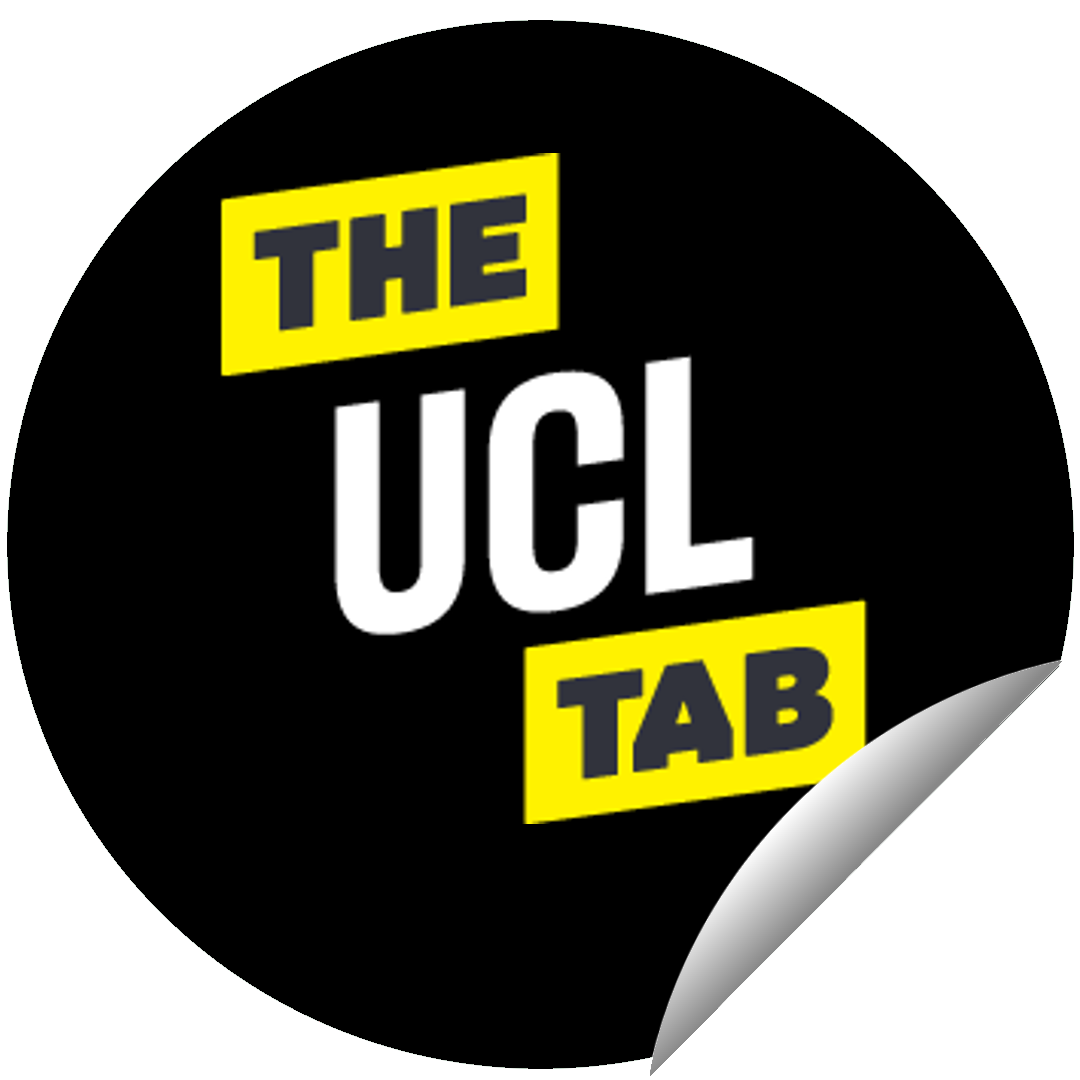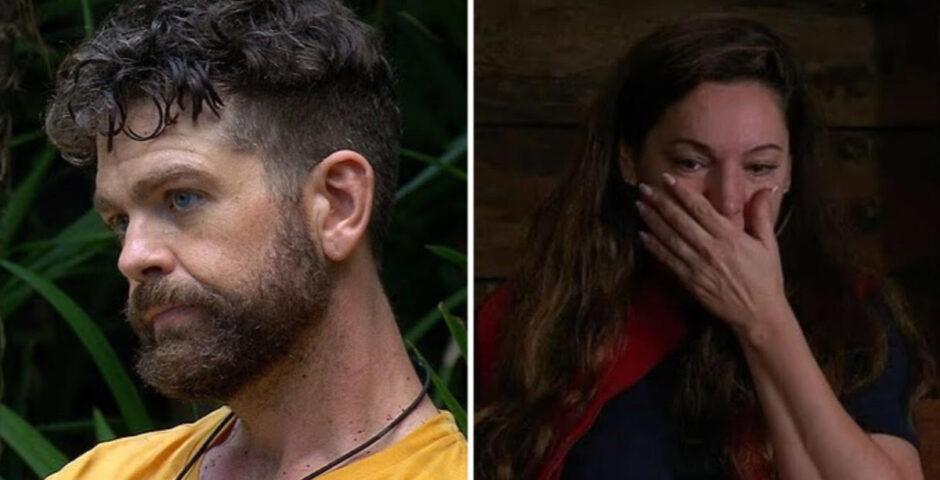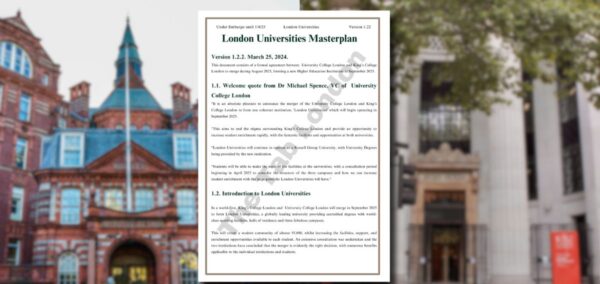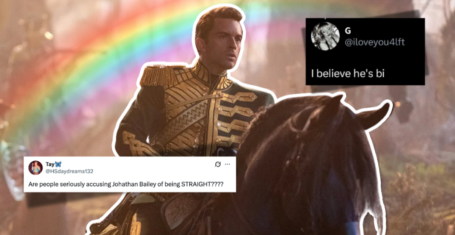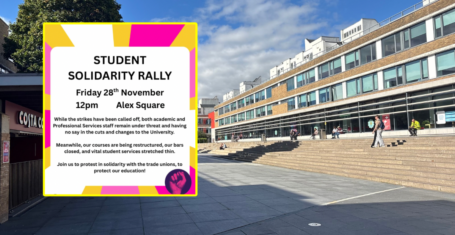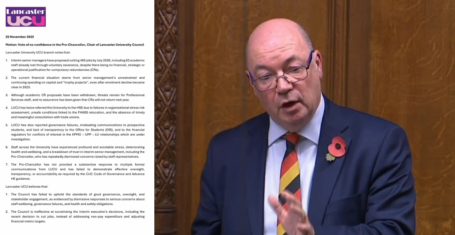
Right, here’s the untold story behind UCL and KCL’s century-long feud
And it somehow involves a circumcised mascot lion?
Once upon a time, in a far away kingdom, lived two households. Two households, both alike in dignity, in fair London where we lay our scene.
From ancient grudge to new mutiny, where civil blood makes civil hands unclean…the deadliest, most disgruntling battle took place, staining a poor fresher’s innocence forever.
And that battle was: The University College London (UCL) versus King’s College London (KCL) beef.
Everyone knows it. Everyone feels it. Need we even remind anyone of it?
However…is it legend, is it myth, is it true, or, is it all of the above? We’re here to get real with you about this age-old historic battle, delving into manuscripts of truth to tell you exactly why UCL is better than KCL – sorry, I mean, where the rivalry began – of course!
Origins of the bloodlust
Like all important historical events, this beef began at the university’s very foundations, when KCL was founded in 1829. It was created to be an Anglican university, as opposed to the secular London University, which later came to be known as UCL.
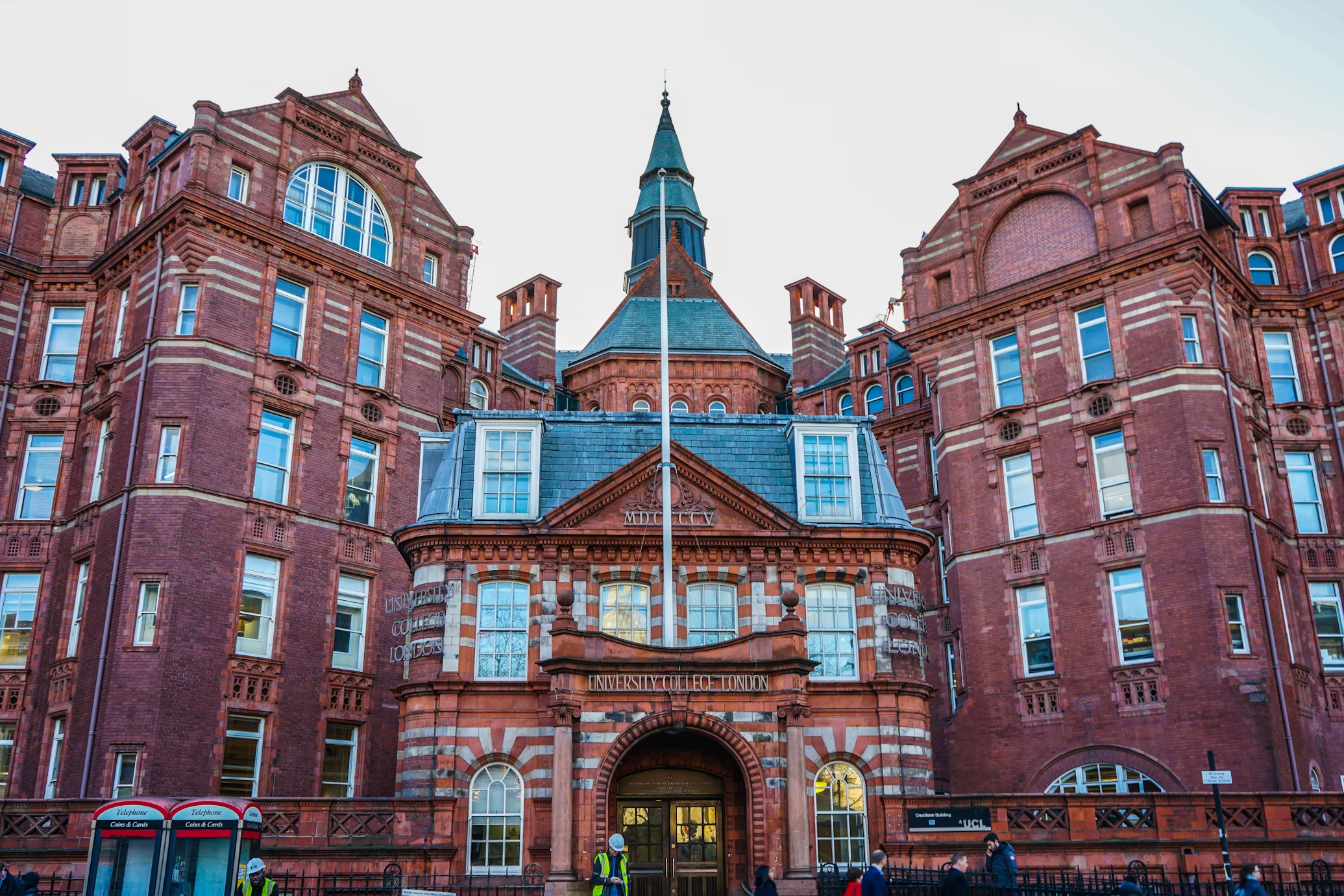
via Unsplash
KCL was deemed more “traditional” and elitist whereas UCL was seen as liberal and progressive, which fuelled the conflict.
The rivalry started in RAG games, otherwise known as “student rags”. RAG societies were student-run charity organisations that were individual to each English university, and became an opportunity for KCL and UCL students to express their distaste for one another.
Most Read
Perhaps the term “rag” came from university students in the Victorian era who collected old cloth material and gave them to the impoverished. But “rag” usually refers to bad behaviour, whether through noise or other kinds of disturbance, in order to protest against the authorities. Events that UCL and KCL organised to one-up each other included fundraising activities, alongside cross-dressing, brawls, and, um, kidnappings (?!).
The Mascots as victims of kidnapping
UCL and KCL ultimately both have a criminal history of kidnapping one another’s mascots. Since 1923, KCL was represented at first by a beer bottle, and then upgraded (sorry, beer bottle) to “Reggie”, a red lion, whilst UCL had “Phineos Maclino” since 1900 and the infamous philosopher Jeremy Bentham.
Phineas was discovered in 1900 when Jasper Baxland saw his wooden statue at Tottenham Court Road and decided to borrow him from Catesby’s, who eventually donated the statue to UCL in 1932 forever.
Reggie suffered at the hand of bandit UCL students who repeatedly kidnapped and dumped him in locations like Inverness and Surrey, far from his home. He was even captured during the 1927 RAG week and filled with rotten apples.
Eventually KCL engineering students stuffed him with concrete to root him to campus – so basically, instead of kidnapping, he started his journey in imprisonment.
One of the famous incidents of this rivalry happened in 1922 when KCL students were defeated on the rugby pitch (naturally xox). Because they were sore losers, they stole Phineas and kept him locked away on the Strand Campus.
The police got involved, tensions rose between KCL and UCL detectives, and some nasty words were hurled at one another. Eventually, Phineas was returned – without an arm, mind you. This was not the first time Phineas experienced trauma at the hands of KCL thieves, sadly.
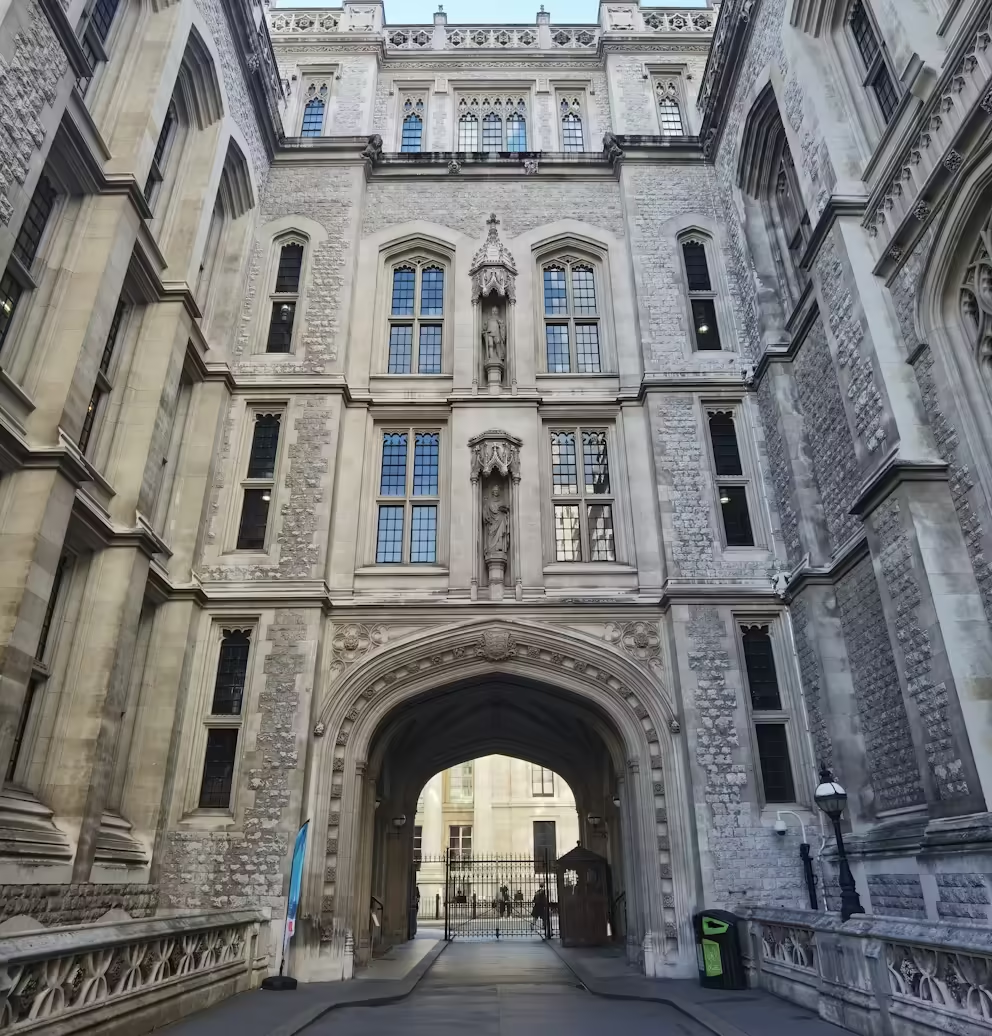
via Unsplash
Jeremy Bentham, #uclfamousface, was also not safe from the KCL wrath. During the rag week of 1927, Jeremy was stolen, which led to six students being hospitalised and some even taken into custody by the police.
After an impermanent ceasefire, in 1947 UCL students circumcised Reggie with…um…a tin opener. In retaliation, Phineas was stolen, painted red, and then thrown back on the UCL campus. KCL students once stole the preserved head of Jeremy Bentham, and even played football with it in 1989, which eventually got the police involved with threats of expulsion and large fines.
Yet the mascot battles did not end there. Phineas was torn and ripped, Reggie was mutilated and even buried on Hampstead Heath. Eventually, the real Jeremy was locked away and replaced with a wax version in a glass box to deter KCL perpetrators.
Varsity: A new age
Eventually “student rags” fizzled out of the public eye due to a loss in popularity, and now the rivalry between UCL and KCL is most evident in the yearly London Varsity matches on the pitch. There are 30 sporting groups that take part, from Rugby to Taekwondo.
Nowadays, UCL and KCL students have dropped the indirect combat, hiding behind mascots and rotten vegetables, and have instead become true warriors, taking to the sports pitch to establish dominance in the academic wild over their counterparts.
UCL and KCL did not respond to a request for comment.

